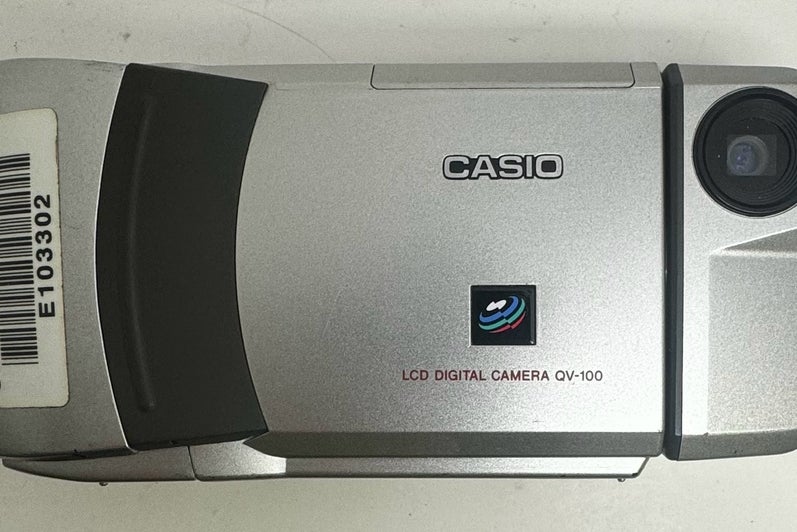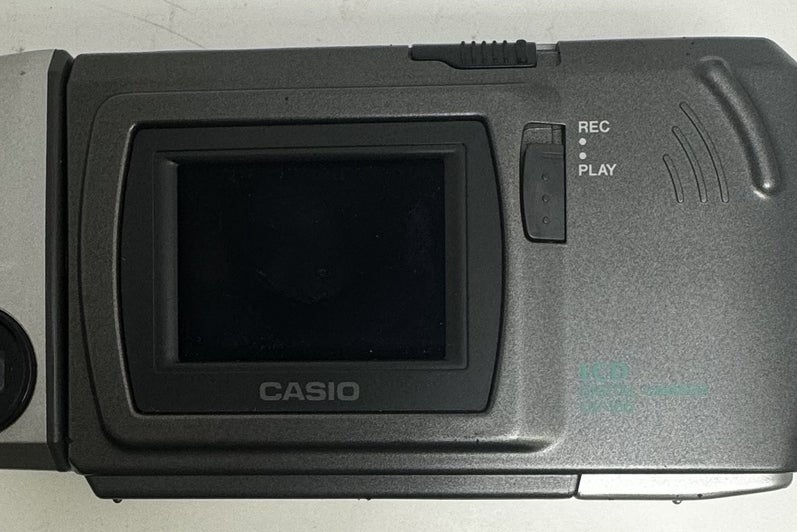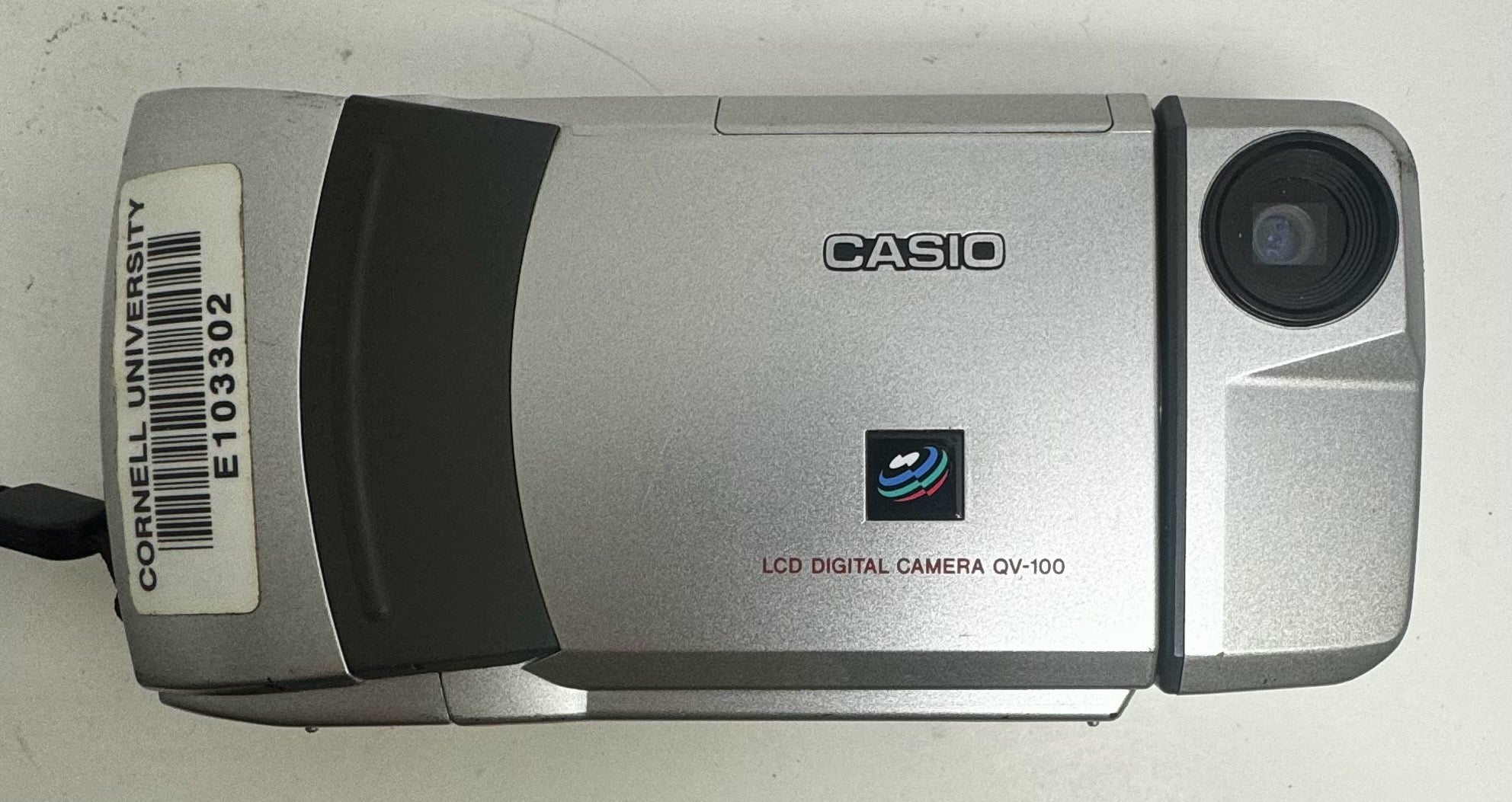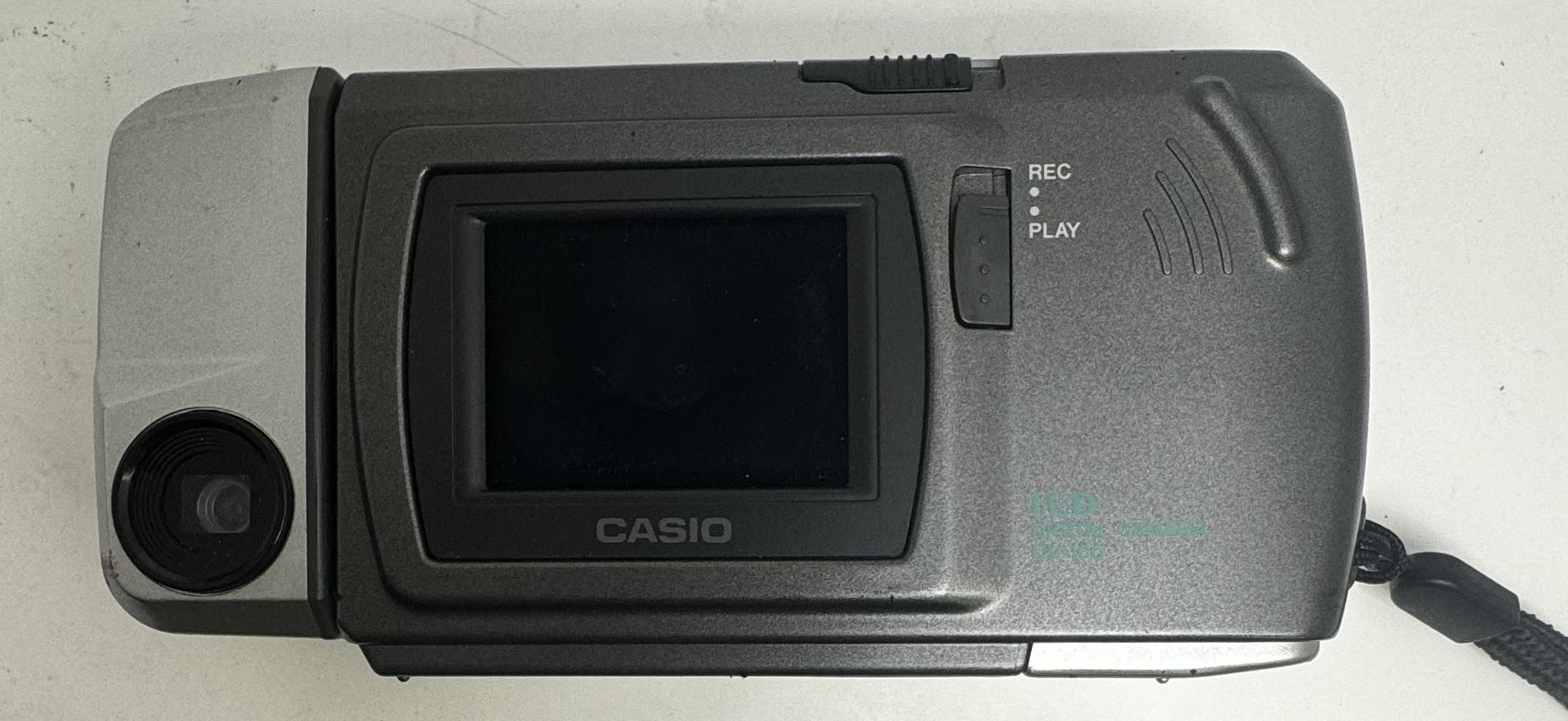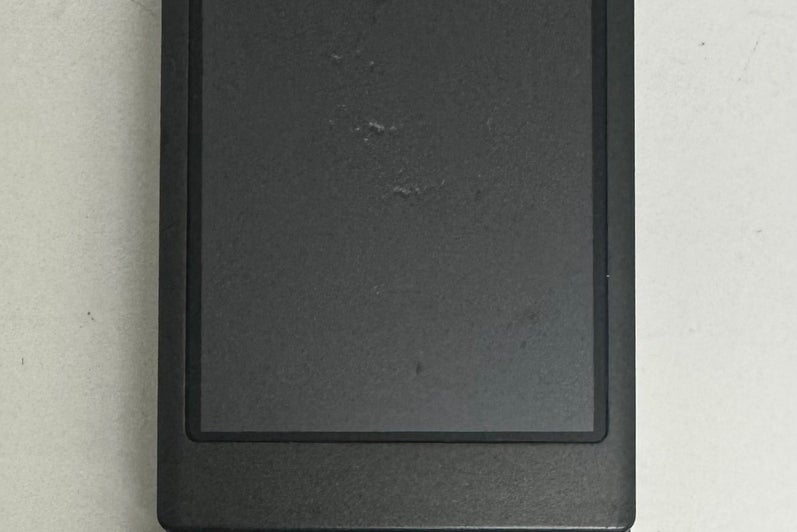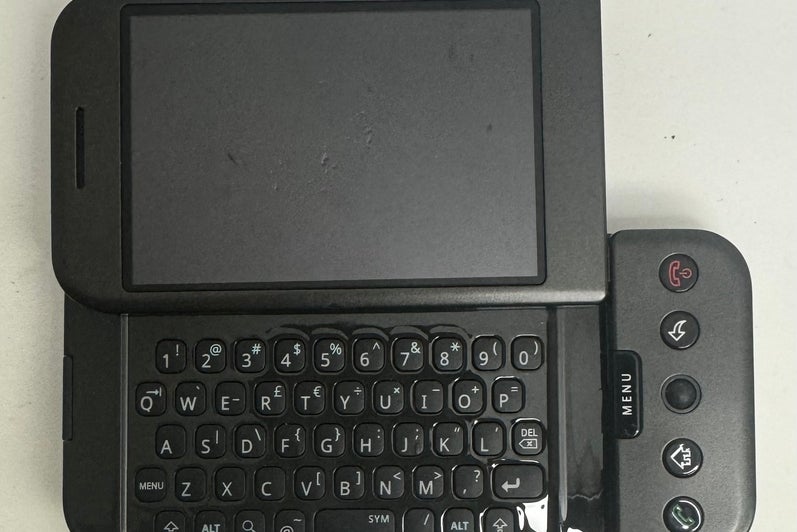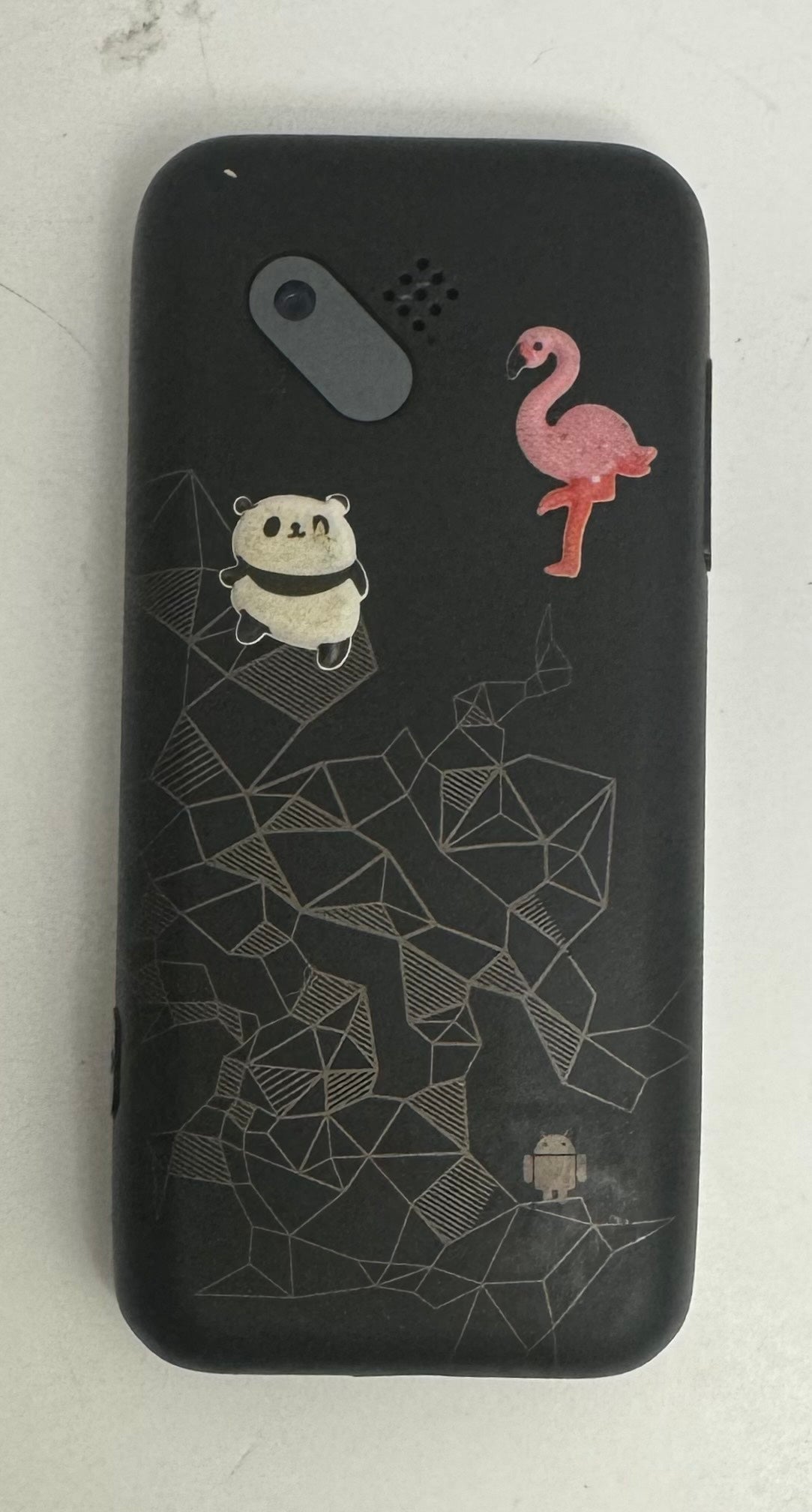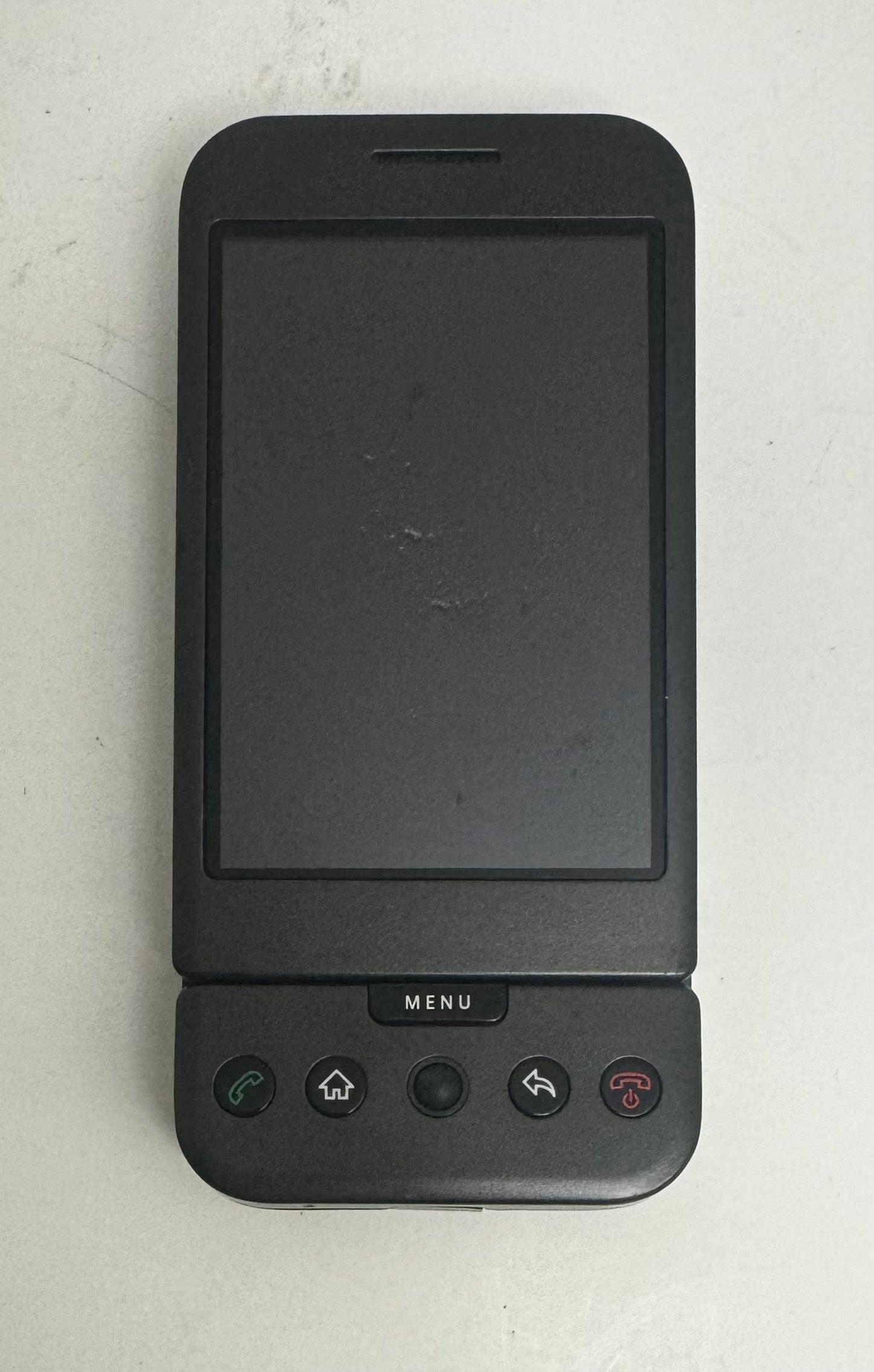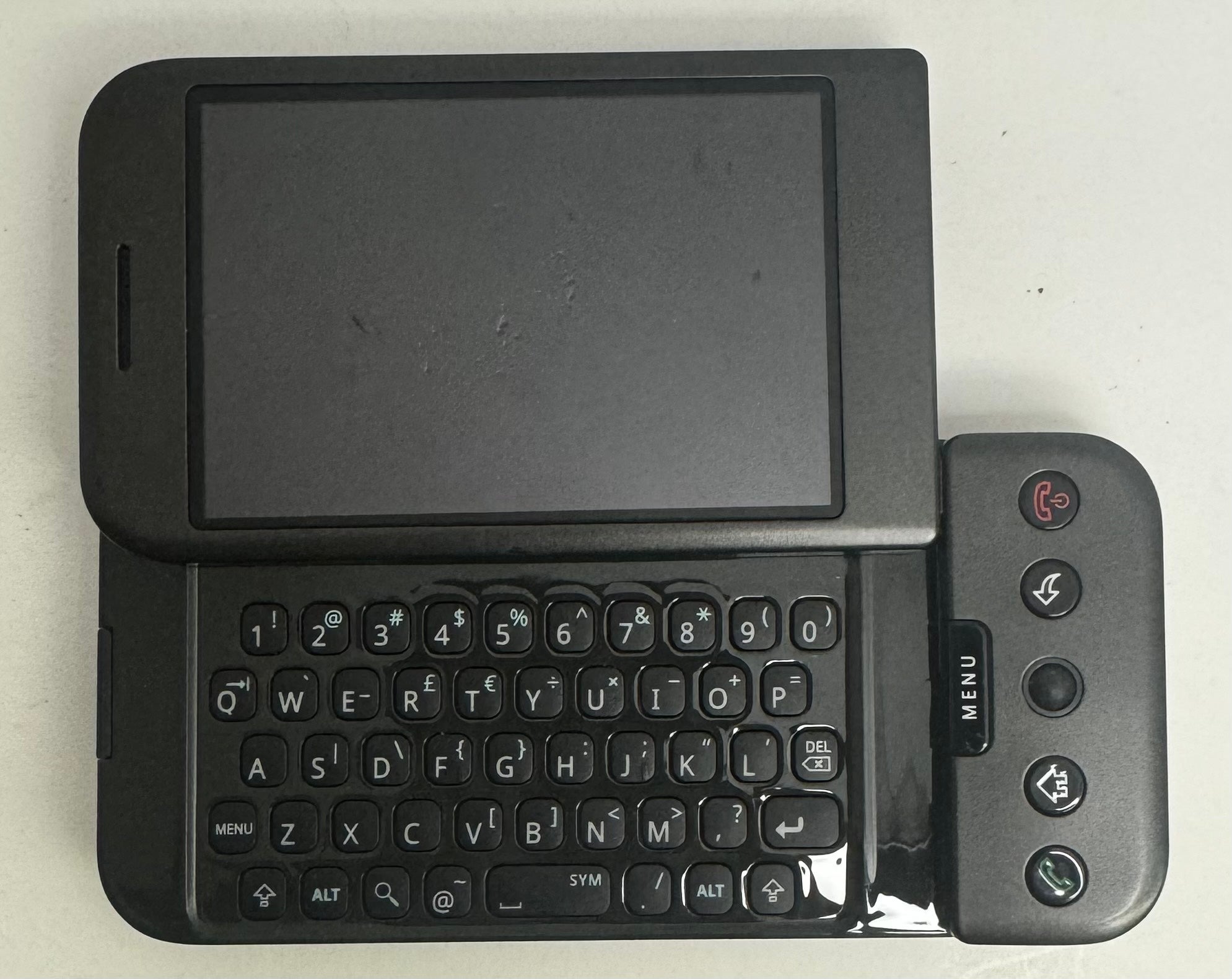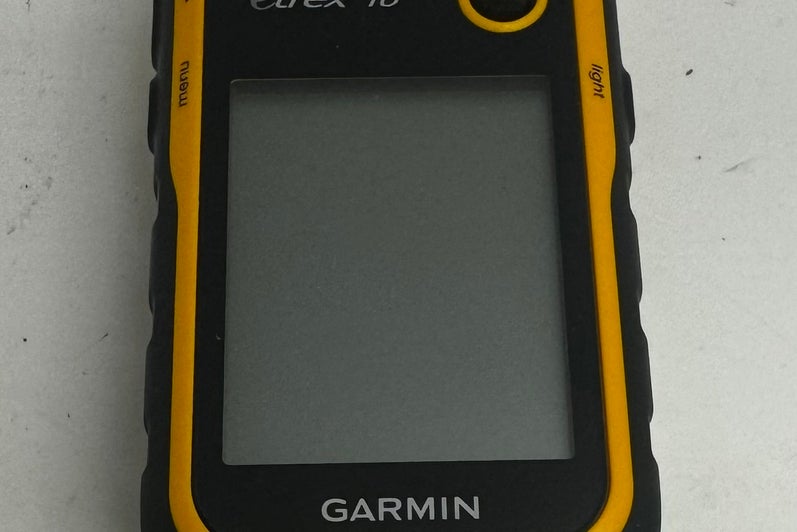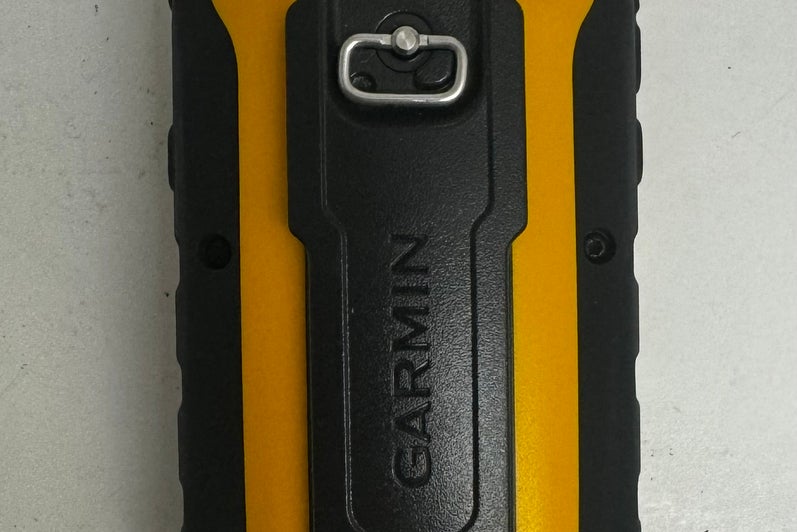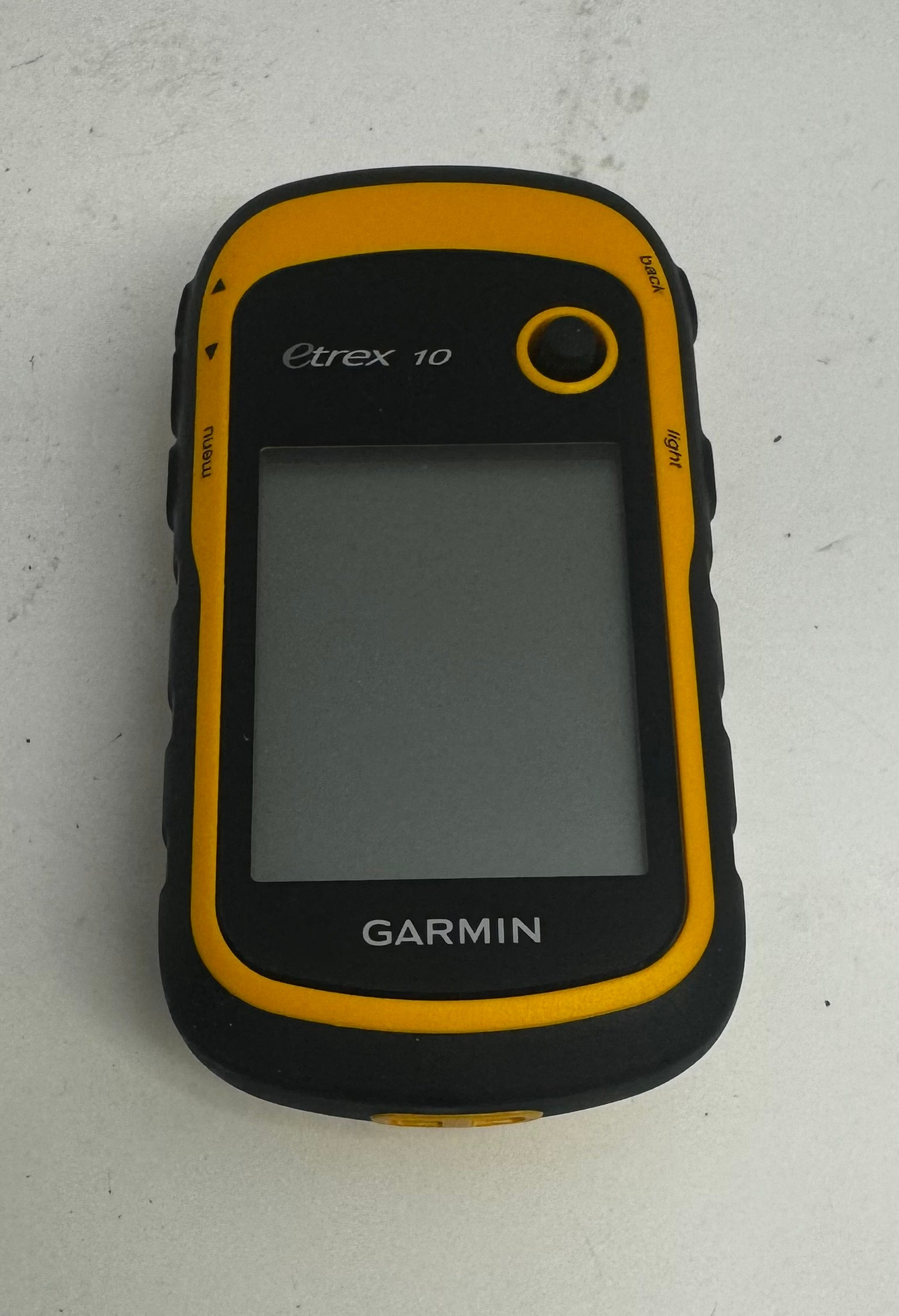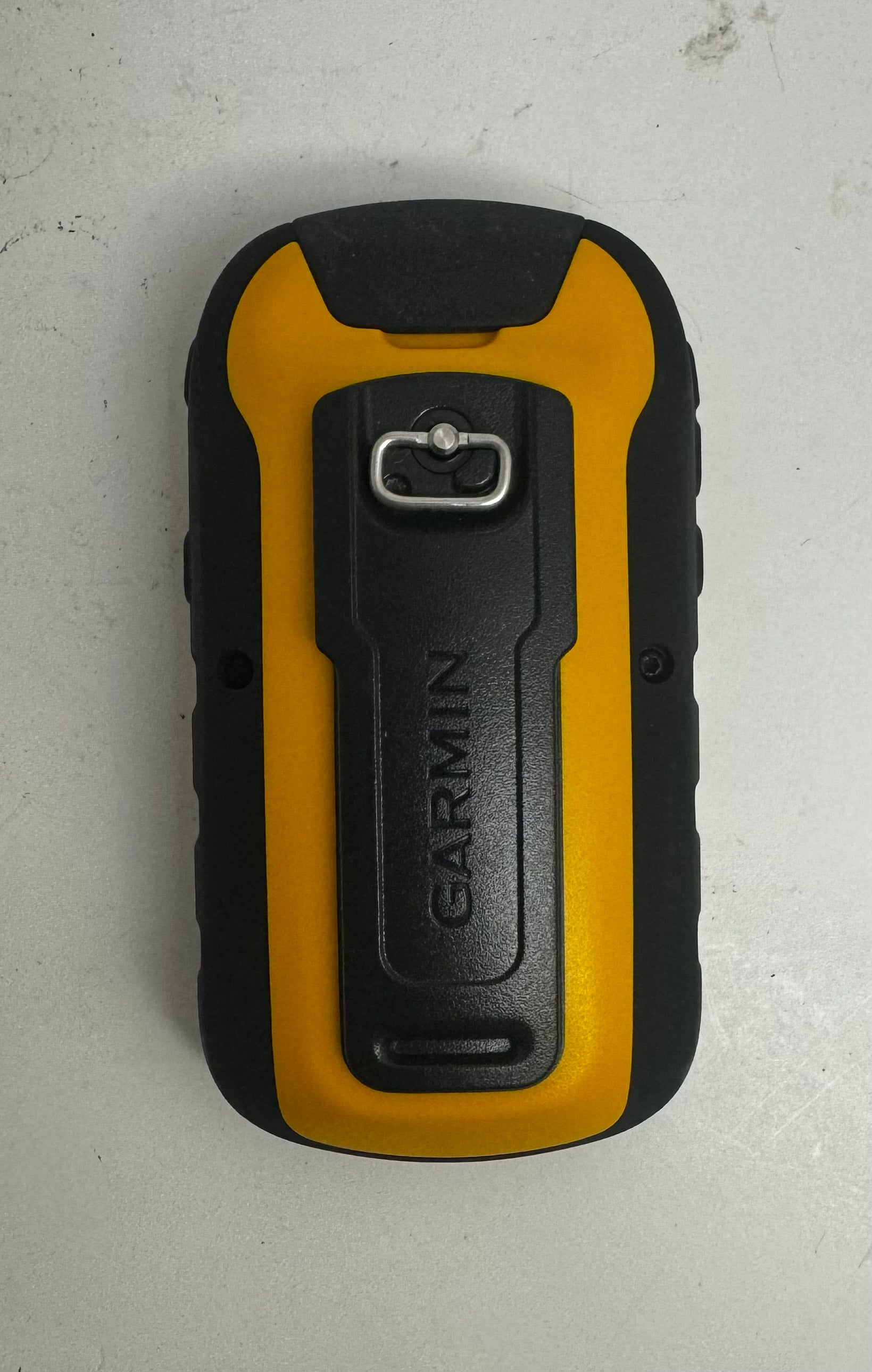The University of Waterloo’s Computer Museum houses technology that has shaped the pleasures of our modern everyday life. We recently cataloged four items: a camera, a GPS device, an HTC Dream (mobile phone), and a digital diary. Each item played its own role in advancing technology, and together they form the key parts of modern smartphone.
Let’s explore how these items, each with their distinct functions, laid the groundwork for the mobile devices we carry around daily. From capturing images and videos to writing your own blog, these artifacts lead to the technology that we take for granted today.
The CASIO QV 100
Released around 1996, the CASIO QV-100 digital camera was the first in the QV series to feature 4MB of internal memory and VGA resolution. Notably, it included a pioneering feature: a 180-degree rotating lens, similar to its predecessor, the QV-10, which is recognized as one of the first digital cameras with this capability. These CASIO cameras were instrumental in pioneering instant image capture and viewing, marking a significant milestone in the history of digital photography.
| Feature | QV-100 (1996) | iPhone 15 Pro (2023) |
|---|---|---|
| Price | $700 (1996) or around $1,250 (today) | $1,499 |
| Dimensions | 130 x 60 x 44 mm (about 1.73 in) | 20.6 x 146.6 x 8.3 mm (about 0.33 in) |
| Resolution | 640 x 480 | 2796 x 1290 |
| Internal Storage | 4MB (0.004 GB) | 128 GB (128000 MB), 256 GB, 512 GB, and 1TB |
| Editing Capabilities | If uploaded to your computer, you can edit and modify the photos. | Able to edit and modify all photos on your phone. |
Comparing the capabilities and prices of each device, the modern mobile phone proves to be a better deal. It not only comes with a camera but also offers a range of additional features. The CASIO camera was slower, lagging behind user movements and taking longer than today's average phone to capture and load an image, but it was part of a pioneering wave of technology that paved the way for high-quality, instant image production and viewing.
HTC Dream
The HTC manufactured smartphone, the HTC Dream, was released in 2008 and was the first commercially released phone to have a Linux-based Android operating system. Initially, consumers reported issues with functionality, including limited app availability and performance bugs. However, the HTC Dream introduced innovative features like a slide-out QWERTY keyboard, touchscreen interface, and integrated Google services such as Gmail. These features set the stage for future smartphone developments. The open-source nature of Android allowed for rapid advancements, transforming it into a leading mobile operating system.
| Feature | HTC Dream (2008) | iPhone 15 Pro (2023) |
|---|---|---|
| Price | $179 (2008) or around $250 (today) | $1499 |
| Dimensions | 117.7 x 55.7 x 17.1 mm (4.63 x 2.19 x 0.67 in) | 146.6 x 70.6 x 8.3 mm (5.77 x 2.78 x 0.33 in) |
| Weight | 158 g (5.57 oz) | 187 g (6.60 oz) |
| Features |
|
|
Only comparing a few of the qualities each phone possesses might suggest that while the iPhone may offer superior technological capabilities, the HTC Dream, capable of essential functions like calling and texting, might be a more economical choice due to its lower price point. This suggests that affordability could outweigh advanced features when considering which phone to choose. However, a different perspective emerges when we compare it with another modern phone. But, according to review some of it really depends on your preference. Since the release of this phone, significant upgrades have been made to its software, functionality, and camera quality. Without such competition driving innovation in the industry, earlier prototype phones like these could have dictated the standard we live with today.
Garmin eTrex
Although this device was released in 2015, after smartphones like the iPhone were invented, outdoor GPS devices like this have a history going back decades and helped establish some basic features of modern smartphones. This Garmin model has just over a day of battery life and includes a BASEMAP, saved locations, track logs, navigations routes, and more. It can track your movement and uses a compass to show you which direction you are heading. Additionally, it provides supplementary information such as fishing forecasts, and details about the sun and moon, enhancing your awareness of the environment.
| Feature | Garmin eTrex (2015) | iPhone 15 Pro (2023) |
|---|---|---|
| Price | $149.99 (2015) or around $190 (today) | $1499 |
| Battery Life | 25 hour (replaceable batteries - x2 AA) | 20 -75 hours (closer to 20 - 23 depending on usage) |
| GPS | GPS, GLONASS | GPS, GLONASS, Galileo, QZSS, beiDou, and NavIC |
| Features |
|
|
If you're into regular hikes, the Garmin eTrex could be a handy addition alongside your mobile phone, or if you go hiking without a phone. However, an iPhone or any modern smartphone is probably good enough to get from point A to point B. But it was the widespread use of devices like the Garmin that spurred companies to integrate similar functionalities into modern mobile phones. While mobile phones might not be as pinpoint accurate as a dedicated GPS device, with advancements and time like the other features, who's to say they won't be just as good soon? Devices like the Garmin eTrex laid the groundwork, making it much easier for us to have everything we need right at our fingertips.
Putting it all together
Imagine demonstrating to someone from the past the stunning quality and colour capabilities of a tiny modern camera—it would be mind-blowing. They would probably also have a hard time imagining carrying all of these old devices around with them. But taking a step back to see how it all fits together, we realize today's phone owes its existence to these predecessors and their essential roles. They laid the groundwork for today's versatile devices, which continually evolve with additional features and downloadable apps.
About the Author
Guilianna is a high school summer co-op student at the Computer Museum for 2024. She has a passion for history and in her free time she enjoys exploring different periods and aspects of the past.
